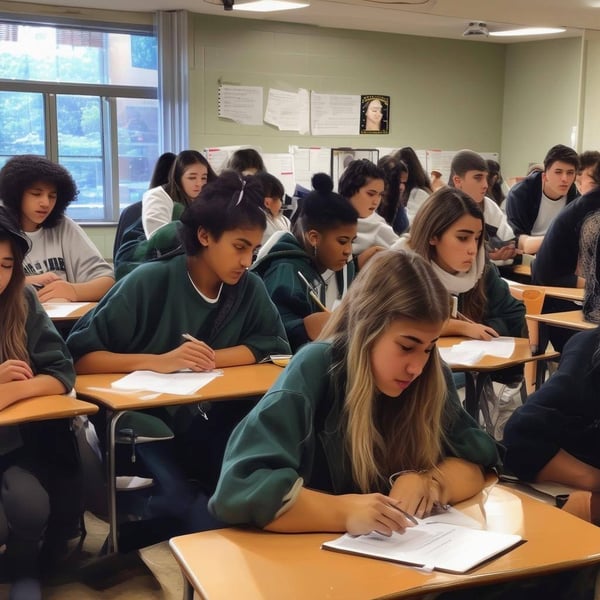Therapeutic alliance ruptures occur in approximately 30% to 100% of sessions. Research indicates...


Therapeutic alliance ruptures occur in approximately 30% to 100% of sessions. Research indicates...

In recent years, cultural humility has gained traction as an essential stance for psychotherapists....

Early adolescence is a developmental period during which many mental health problems emerge. It is...

There is substantial research showing that the person of the therapist is critical to helpful...
Clinical summary: Therapist Attachment and Introject
Therapists are critical in establishing a solid therapeutic alliance, which is mainly based on their interpersonal skills like empathy, responsiveness, genuineness, and ability to manage countertransference. Two concepts that may support therapist interpersonal skills are the therapist’s attachment style and introject. Attachment style refers to patterns of relating to others formed from early childhood interactions with primary caregivers. Secure attachments are characterized by a sense of optimal attunement to others, whereas insecure attachments can reflect anxiety or avoidance that emerge when there is a lack of reliability and attunement from caregivers. Bowlby argued that one of the therapist's tasks is to provide a secure attachment base so patients can safely explore themselves and their relationships. Bowlby speculated that providing a secure base requires that the therapist has a secure attachment style. Introject refers to the theory that individuals learn to treat themselves based on how significant others treated them during childhood. For example, if a person was treated primarily with love and care, this results in an internalized way of treating oneself with care and nurturing. In contrast, interpersonally critical and cold behaviour from parental figures may result in an internalized manner of treating oneself harshly. Therapist introject may impact the patient, perhaps through a process of modelling. In this systematic review, Horne and colleagues examined the effect of therapist attachment and introject on the therapeutic alliance and treatment outcomes. Their systematic review found a total of 42 studies with 3075 therapists and 5939 patients. Thirty-five studies examined therapist attachment and nine looked at therapist introject. Unfortunately, many of the studies were not high quality, thus reducing our confidence in the findings. Overall, the majority of studies indicated that therapist attachment anxiety (i.e., preoccupation with losing relationships) and therapist attachment avoidance (i.e., dismissing the importance of relationships) may have a negative impact on the therapeutic alliance but not on patient mental health outcomes. With regard to therapist introject, there is tentative evidence that therapists with positive introjects (care and nurturing towards the self) tend to develop stronger therapeutic alliances, and their patients achieve better outcomes.
Practice Implications
This research area is still in its early stages; however, the results are intriguing. Overall, the findings suggest that therapists should work to improve their attachment security and introject in order to facilitate strong therapeutic alliances and better outcomes among their patients. One way to enhance internalized models of relationships and the self is through personal therapy. This may allow therapists to consider their attachment relationships and ways of relating to others and themselves. Research has shown that personal therapy can increase attachment security, decrease attachment anxiety, and improve positive introjects.
By Dr. Giorgio Tasca
The director of the Psychotherapy Practice Research Network (PPRNet) is Dr. Giorgio Tasca. Dr. Tasca is an Associate Professor with the School of Psychology, in the Faculty of Social Sciences at the University of Ottawa. His research is centered around psychotherapy process, mechanisms of change, and outcomes, as well as eating disorders.Also Read